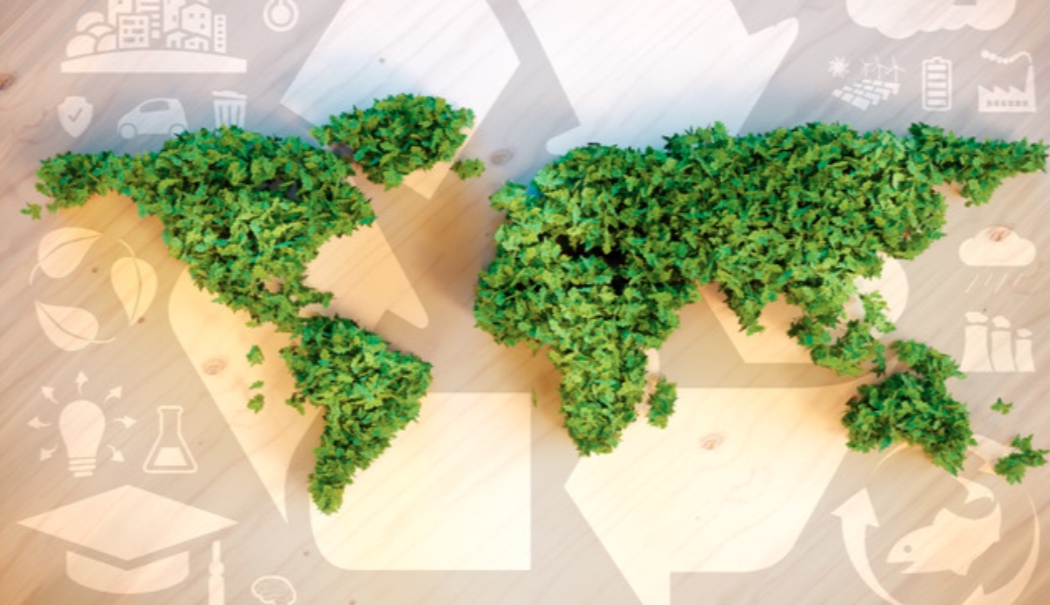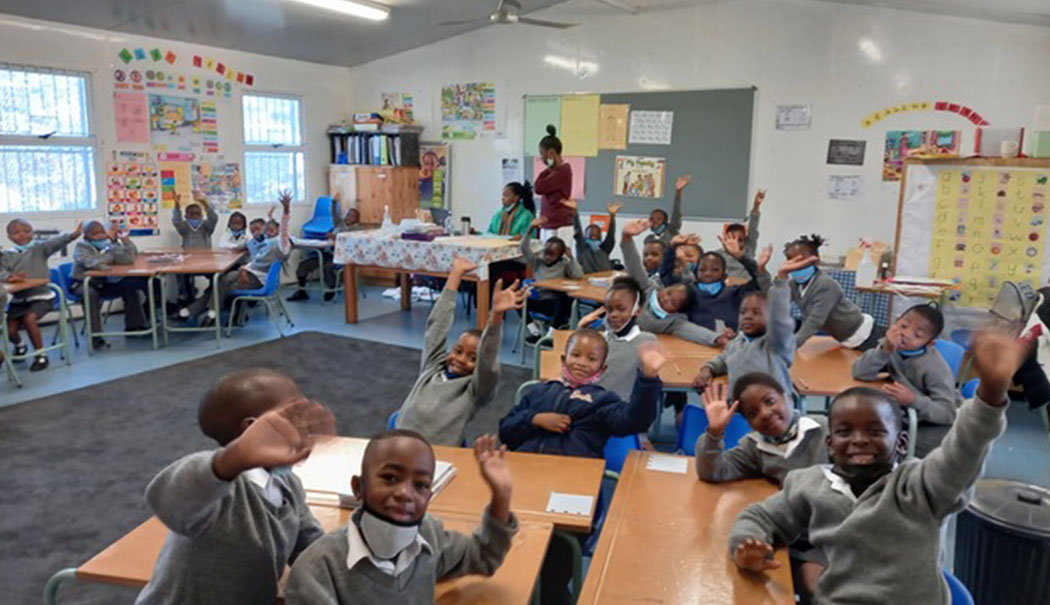The Sustainability Quest
The concept of sustainability as we know it today came to light in 1987 in the famous Brundtland Report produced by several countries for the UN. It was defined as meeting ‘the needs of the present without compromising the ability of future generations to meet their own needs’.
For the first time, a concept had been established to relate humanity’s development with the need to manage resources in the best way possible. This meant a very important change in terms of sustainability, mainly ecological. It also represented something extremely important – framing it in the economic and social context of human development (Acciona.com).
As a student back in 1999, when sustainability was still a buzzword, I debated that third world environmental degradation had its roots in the structure of the world economy. Today, we have a better understanding of the depth of the matter and no business or any human activity should be done without considering the impact of its action on the sustainability scale.
Sustainability is now the driving force of our existence and the survival projection of our species; ‘act locally, think globally, and think locally, act globally’ became all and the same. Our interconnectedness and our natural world are undeniable.
Global warming, destruction of natural resources, deforestation, desertification and soil loss, and diminishing land and water productivity result from the Industrial Revolution and human demand exceeding environmental support capacities. Continued population growth will also cause increased poverty and famine since productivity is exhausted on land.
Humankind has been irresponsible for its actions and has been careless regarding long-term living conditions, keeping the basic elements of life alive (water, earth, air, etc.).
Is this still the case in 2022?
International Environmental Agreements and Sustainable Development Goals (SDGs) are in place to tackle the problems now more than ever. The UN is implementing integrated solutions across the globe to respond to complex development challenges and accelerate progress towards the SDGs. The key elements are integrated policy and programming, innovation and learning, data and analytics and financing. A collaborative network of policies and players are connected via sophisticated systems.
Where do we develop?
Development must mean eradicating extreme poverty and hunger. Living in Africa, we have to rethink our values and our self-sufficient local systems to meet the needs of the people. Surely western industrial development cannot be the goal, at least not in the old sense. With the advancement of technology and the impact of newly developed innovations, with some clever incentives and leadership management, Africa can lead sustainable solutions for many sectors within economies: renewable energy resources, advanced technological revolution, waste management systems, organic farming, to name a few. Sustainability sounds much closer to us if we understand the relationships between our ‘natural assets’ and the way forward.
The four pillars of sustainability
Social, Economic and Environmental factors have long been key to sustainability; human capital joined the list. It may be one of the most important as the health and well-being of individuals plays a vital role in a healthy community and paves the way for future generations.
Investment in a highly evolved education system and knowledge/skill-based programmes positively shape our lives. “Human sustainability encompasses the development of skills and human capacity to support the organisation’s functions and sustainability and promote the well-being of communities and society” (RMIT University 2017).
Improving social equality, economic sustainability, environmental conservation and protection of the global ecosystems are all interlinking visions for future generations. But isn’t it the individual who is the central driving force of the sustainable development of any nation? Can any vision be realised without the greatness of the people?
The UN Sustainable Development Program identified 17 goals, which are important to consider for the future of our planet and the growth of humanity. These are:
- No poverty
- Zero hunger
- Good health and well-being
- Quality education
- Gender equality
- Clean water and sanitation
- Affordable and clean energy
- Decent work and economic growth
- Industry, innovation and infrastructure
- Reduced inequalities
- Sustainable cities and communities
- Responsible consumption and production
- Climate action
- Life below water
- Life on land
- Peace, justice and strong institutions
- Partnership for the goals
These are the blueprint for peace and prosperity for our people and planet. All members of the United Nations adopted this Agenda (2030 Agenda for Sustainable Development) in 2015.
The questions are: how seriously are we taking these commitments for the future of humanity as a whole without seeking ‘selfish’ interests? And can we create strong and lasting partnerships on a global scale where we keep these goals in sight, for our human family to evolve together?




